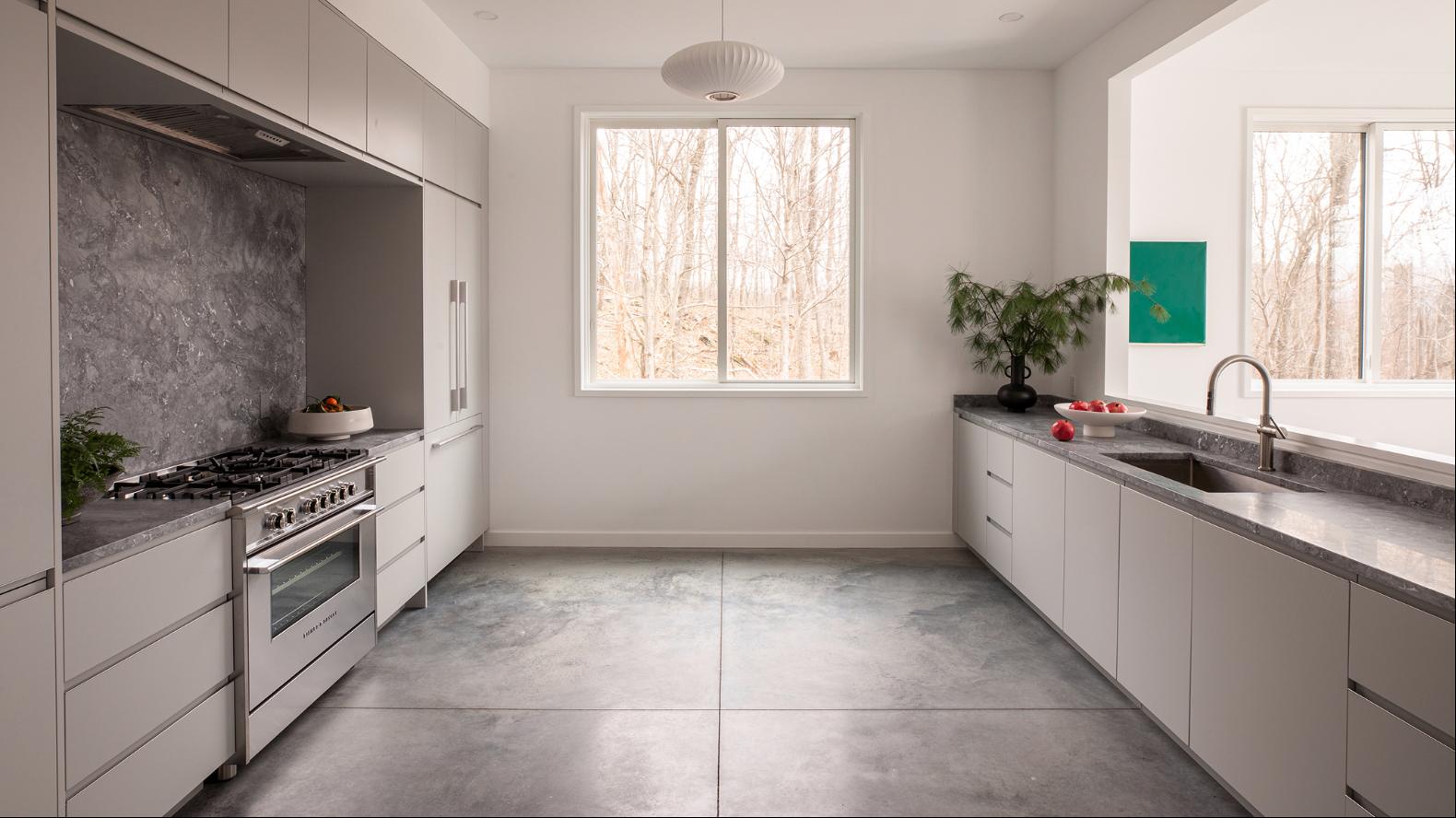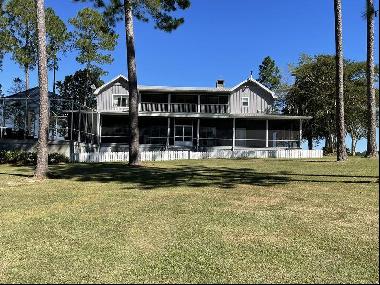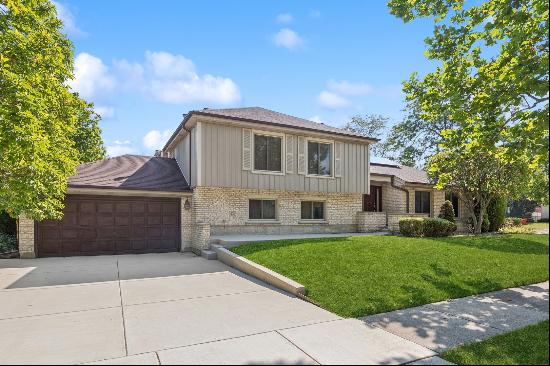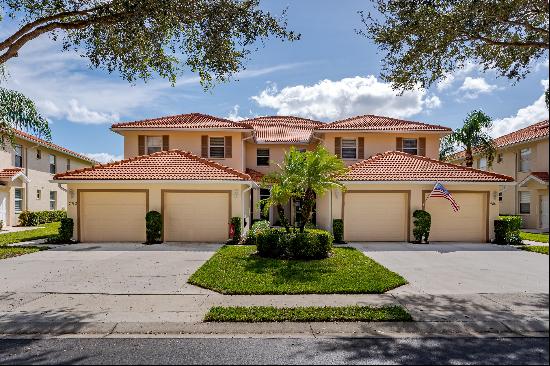
By Edwin Heathcote
The nine-square grid house was never intended to be built. It was a theoretical teaching tool developed in the 1950s by avant-garde architect and writer John Hejduk, whose later haunting, surreal buildings inhabited a space somewhere between dream, sculpture and form-challenging poetry.
Yet here is a house developed on precisely that principle. Purposefully enigmatic even in name, House One is an exercise in using geometric constraints not as a limiting factor but as a liberating device. Designed on a square plan made up of nine smaller squares, like a noughts and crosses grid, the building is a solid block of flush white walls punched through with windows.
The result is inexpressive and mute, a little reminiscent of some of the villas of Adolf Loos in central Europe from a century or so ago. This geometric reductivism is, however, leavened by the woods and undulating topography of its setting. Located in the rolling countryside of upstate New York, it affords expansive views of the Taconic Mountains.
Although this is a resolutely modernist building, there is nothing particularly radical about the nine-square grid itself. Similar proportional systems have been used by artists and architects from the Renaissance onwards — for instance, Andrea Palladio’s 16th century houses, which were crucial to the development of British and American architecture. The grid creates a non-hierarchical relationship between rooms, so that a kitchen appears on plan with the same prominence as a bedroom or a dining room. Its genius lies in how the rigour of the plan is manipulated, which walls are employed or opened up to expand the space and create a flow between rooms.
This project is the result of a collaboration between the client, artist Zak Kitnick, and architect Francesco Galetto. It has definite overtones of minimalist art in its ideas and appearance, and corresponds with Kitnick’s own artistic language and practice. Part of Hejduk’s intention in creating the nine-square format was precisely to avoid issues of style, but it is interesting to see how the limitations, purposefully applied, affect the house on an aesthetic level.

It lacks the usual plate glass picture windows characteristic of this kind of house in the woods, and it certainly eschews the stylistic tics of either rustic vernacular or low-slung rural modernism. There is a certain austerity to the interior that we have perhaps become unused to: spartan openings more reminiscent of a 1930s urban apartment block than a big country pile; an extremely simple kitchen, its units spread across two opposing walls rather than sprawling into the volume of the interior with vast marble-topped islands.
The palette, too, is stripped back to monotone shades — the light greys of marble fireplaces, kitchen surfaces, concrete floors. Walls are white, inside and out, and the white tiles of the bathroom recall the utopian Italian modernism of the 1970s in the simplest possible way. There is little overt luxury here.

It is interesting, then, to compare it to other houses employing similar principles — and surprising to see how widely they vary. Japanese architect Shigeru Ban designed a strikingly open and adaptable interpretation with moveable partitions in Hadano in 1997, while a version in Tijuana by T38 Architects (2015) is almost Neo-Brutalist in effect, with shades of Marcel Breuer and Brazilian modernism.
Another example by Westblom Krasse Architects in Malmköping, Sweden (2023) offers a more playful take, clad in timber and with an irregular roofline, while Atelier ZZ in Beijing (2011) applies the technique to a Hutong house to create complex interior spaces. And of course, there are the works by Hejduk himself, as well as his contemporaries, including Richard Meier’s neo-functionalist Smith House in Darien, Connecticut (1967).
In House One, we find a rigorous example of this style, a fine attempt at imposing order and creating coherence through a seemingly simple and ubiquitous grid.
House One is on sale for £2.2mn.
Photography: The Lillie K. Team at Four Seasons Sotheby's International Realty





















